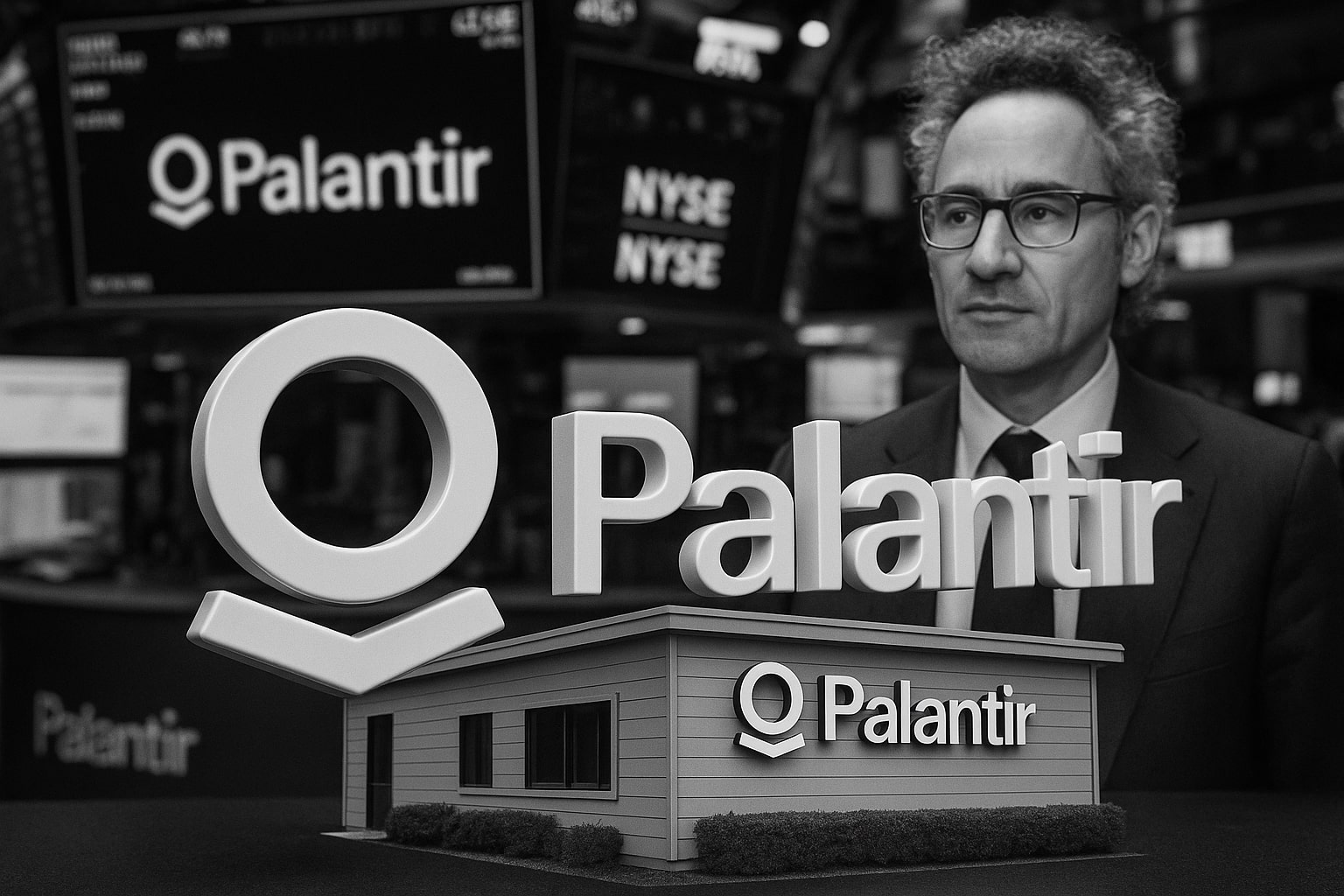
TradingNEWS Strategic Insights into the Global Oil Market
Unveiling the key drivers behind the oil price surge, strategic industry consolidations, and the geopolitical landscape shaping the global oil market in 2024 | That's TradingNEWS
Unraveling the Global Oil Market: Insights and Strategic Movements
The global oil market is undergoing a significant transformation, marked by fluctuating prices, strategic replenishments of strategic petroleum reserves (SPRs), and notable mergers and acquisitions within the industry. These developments, amidst geopolitical tensions and environmental considerations, paint a complex picture of the future of oil demand and supply. This article delves into the multifaceted dynamics shaping the oil landscape, offering a comprehensive analysis backed by recent data and trends.
Strategic Petroleum Reserve and Market Prices
Replenishing SPRs Amidst Rising Prices
The U.S. has embarked on a strategic mission to replenish its SPRs, a move underscored by the purchase of 29.61 million barrels at an average price of $76.57 per barrel. This initiative, aimed at recovering from the release of 180 million barrels, is set against the backdrop of escalating Mars sour crude prices, which have recently surpassed WTI by a $0.90 per barrel premium. However, the Biden administration's ambition to continue purchases under $79 per barrel faces challenges as WTI futures climb past $83.
Global Oil Prices on the Upswing
The global oil market is witnessing a gradual uptick in prices, propelled by Ukraine's strategic strikes on Russian refineries and a consensus between Saudi Arabia and Iraq to curtail crude exports. These moves, coupled with an optimistic outlook on Chinese demand, signal a potential breach of the $90 per barrel threshold. Such developments are pivotal, considering Saudi Aramco's caution against underestimating long-term oil demand, projecting a peak that surpasses current levels.
Mergers, Acquisitions, and Industry Shifts
A New Era of Consolidation
The oil and gas sector is experiencing a renaissance in mergers and acquisitions (M&As), with a record $234 billion spent in the last year alone. This resurgence points to a strategic consolidation trend, aiming for operational efficiencies and bolstered market presence. Notably, the potential completion of mega-deals by Exxon and Chevron could redefine market leadership, positioning ExxonMobil as the top U.S. crude and NGL producer.
Strategic Shifts and International Ventures
Global oil firms are not standing still. YPF and Petronas are venturing into LNG export terminals, aiming to globalize Argentina's shale gas. Meanwhile, ENI and TotalEnergies are diversifying, with the former focusing on carbon capture and biochemical units and the latter expanding its shale footprint in the U.S. These strategic diversifications highlight the industry's pivot towards sustainability and integrated energy solutions.
Geopolitical Dynamics and Environmental Challenges
Geopolitical Tensions and Environmental Advocacy
The oil market's stability is continuously tested by geopolitical unrest and environmental activism. Russian infrastructure has become a target, with drone attacks hinting at a potential refining capacity reduction rather than a direct impact on crude prices. Concurrently, environmental lawsuits against projects like Dominion Energy’s Coastal Virginia Offshore Wind project emphasize the growing scrutiny over the industry's environmental impact.
Navigating Supply and Demand
As OPEC+ commits to production cuts, the global oil supply tightens, contrasting with growing demands exacerbated by geopolitical conflicts and environmental considerations. The intricate balance between supply and demand, influenced by strategic reserves and international policies, underscores the complex interplay defining the oil market's future trajectory.
Conclusion: The Road Ahead for Oil Markets
The global oil market stands at a crossroads, marked by strategic replenishments, ambitious mergers, and an ever-evolving geopolitical landscape. As industry giants maneuver through these changes, the market's future remains poised for growth, innovation, and, inevitably, further consolidation. With environmental concerns and demand forecasts at the forefront, the oil sector's adaptability will be crucial in navigating the challenges and opportunities that lie ahead. As we delve deeper into these dynamics, the interplay between strategic decisions and market outcomes will undoubtedly shape the industry's path forward, highlighting the need for resilience, innovation, and strategic foresight in an ever-changing global energy landscape.
That's TradingNEWS
Read More
-
GPIQ ETF Rises on 10% Yield and AI Boom as Investors Brace for Tech Volatility
14.10.2025 · TradingNEWS ArchiveStocks
-
Ripple (XRP-USD) Stabilizes at $2.51 as Whales Buy $5.5B and ETF Outflows Shake Crypto
14.10.2025 · TradingNEWS ArchiveCrypto
-
Natural Gas Price Forecast - NG=F Falls to $3.07 as Supply Glut and Weak Heating Outlook Hit Demand
14.10.2025 · TradingNEWS ArchiveCommodities
-
USD/JPY Price Forecast - Dollar to Yen Slides to 151.80 as Trade Tensions Boost Yen Strength
14.10.2025 · TradingNEWS ArchiveForex


















